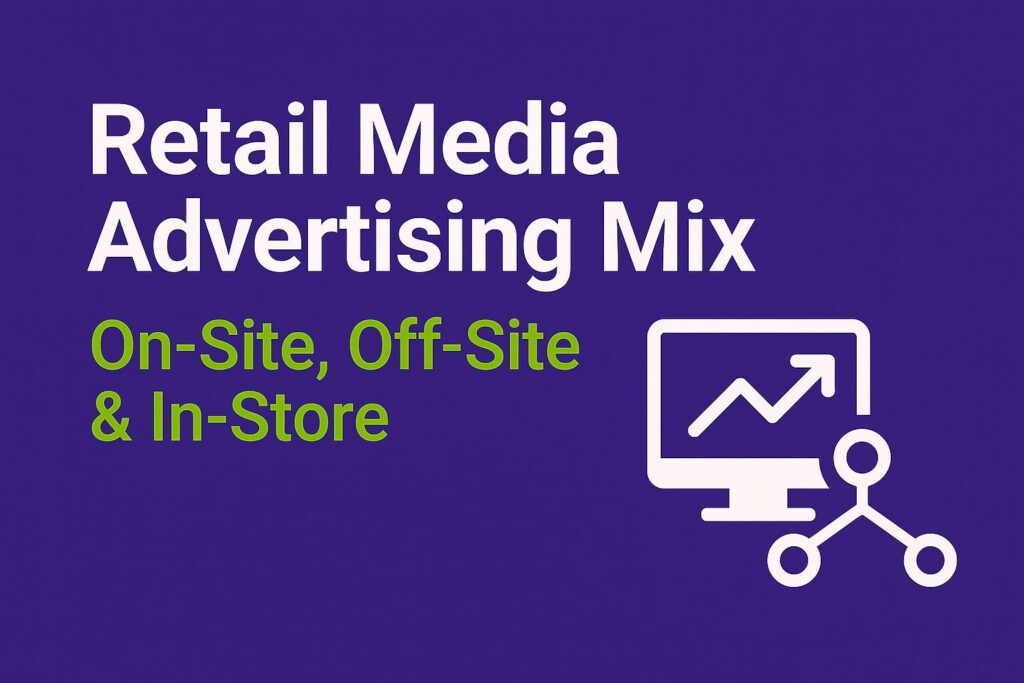Selling on a marketplace can accelerate your brand’s growth—but it’s not without its trade-offs. In this guide, we unpack seven strategic advantages of marketplaces in 2025—along with the friction points every seller should anticipate.
Haven’t read the previous chapters? Start with Marketplace 2025: Why Sell on a Marketplace and How to Start and The Ultimate Marketplace Atlas for a solid foundation.Selling on a marketplace can accelerate your brand’s growth—but it’s not without its trade-offs. In this guide, we unpack seven strategic advantages of marketplaces in 2025—along with the friction points every seller should anticipate.
1. Ready-Made Infrastructure
Pro: Instant access to CMS, SEO, payment gateways, and fraud protection. You skip months of dev work and start selling fast.
Con: Customization is limited. Your brand experience is confined to the marketplace’s templates and checkout flow.
Tip: Use standout visuals and enriched descriptions to elevate your product within fixed UI boundaries.
2. Pay-Per-Sale Model
Pro: No upfront fees. You only pay when you sell—ideal for preserving cash flow, especially for lean teams.
Con: Commission fees (often 10–20%) eat into your margin. Rates fluctuate by category and season, making forecasting tricky.
Tip: Build your pricing model around the average commission and stress-test your margins across multiple scenarios.
3. Built-In Marketing & Visibility
Pro: Leverage marketplace SEO, internal ads, newsletters, and app promotions. You’re exposed to a ready-made audience.
Con: The fight for attention is brutal. High-spending competitors dominate visibility, inflating ad costs for smaller brands.
Tip: Start with a test ad budget. Track your CTRs and iterate weekly to dial in the most efficient keywords.
4. Simplified International Expansion
Pro: Platforms like Amazon Global and AliExpress handle currency, local payment methods, and international shipping.
Con: Duties, local taxes, and customs red tape still need active management—and errors are costly.
Tip: Focus on 1–2 regions at first. Use platform-managed logistics (FBA, Global Shipping) to reduce complexity.
5. Outsourced Logistics & Fulfillment
Pro: Services like FBA and 3PLs cut delivery times by storing inventory close to your customers.
Con: Storage and long-term holding fees stack up if inventory lingers too long.
Tip: Monitor SKU performance weekly. Adjust stock levels or use promotions to avoid accumulating slow movers.
6. Testing Ground for New Products
Pro: Marketplaces double as R&D labs—you can test SKUs, pricing, and bundles with real buyers and low risk.
Con: Data distortion is real. Seasonality, ad changes, and algorithm tweaks can skew your insights.
Tip: Run controlled 30-day A/B tests. Keep ad spend and variables consistent to isolate performance factors.
7. Infinite Assortment & Cross-Selling
Pro: Sell without limits. An infinite shelf lets you cross-sell, upsell, and scale your assortment without real estate constraints.
Con: More SKUs = more complexity. Overstretch, and you risk stockouts or bloated deadstock.
Tip: Launch with a curated 10–15 SKU core. Scale only once you’ve nailed down your top performers.
Conclusion & Next Steps
Mastering the marketplace pros and cons gives you the edge to play offense—while staying ready for the inevitable friction. Balance speed against sustainability, reach against differentiation.
Curious whether a marketplace is better than building your own shop? This guide from Shopify breaks down the trade-offs.
Next up: The Seller’s Compass: How to Choose the Right Marketplace—your guide to selecting the right platform for your brand strategy.
Senior E-commerce & Retail Media Leader with 8+ years across Amazon and leading marketplaces. Focus on full-funnel strategy, programmatic retail media, and international media governance. Sharing frameworks and operating models for growth.



